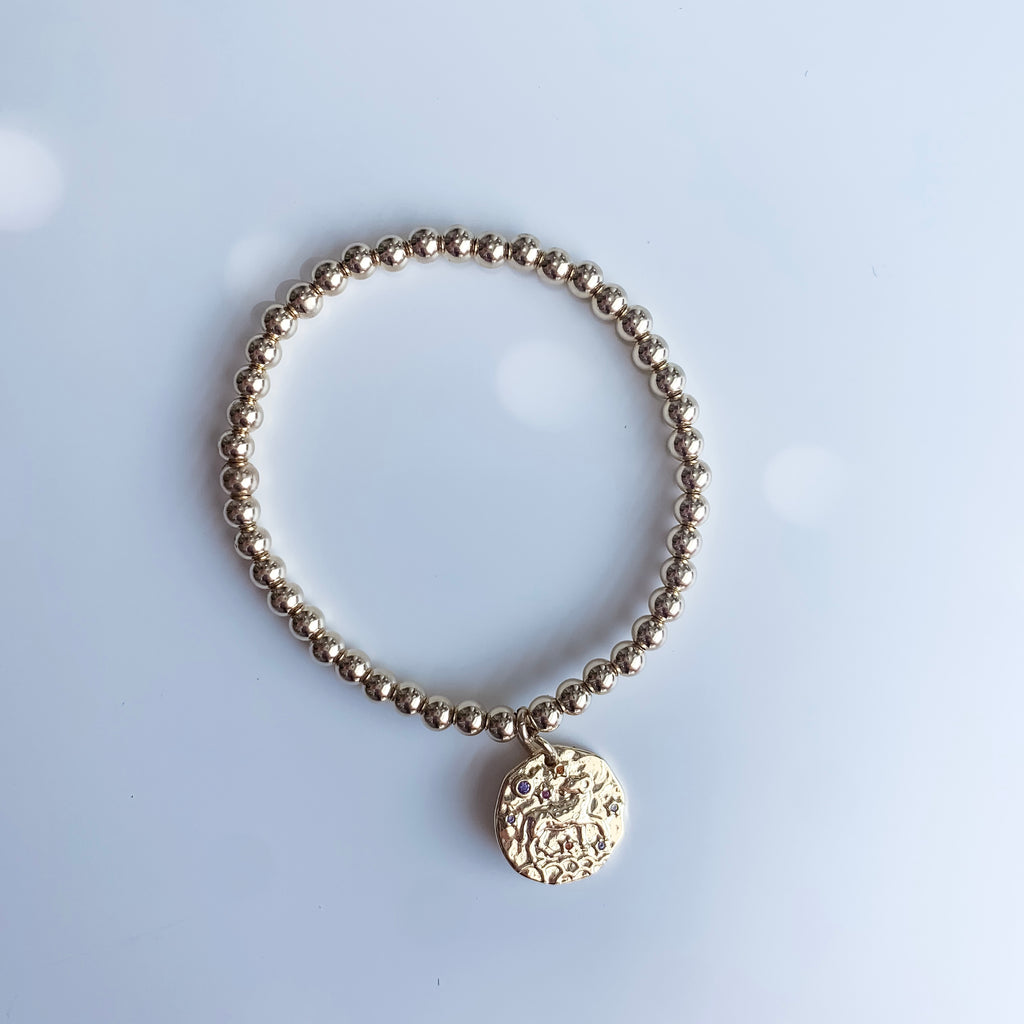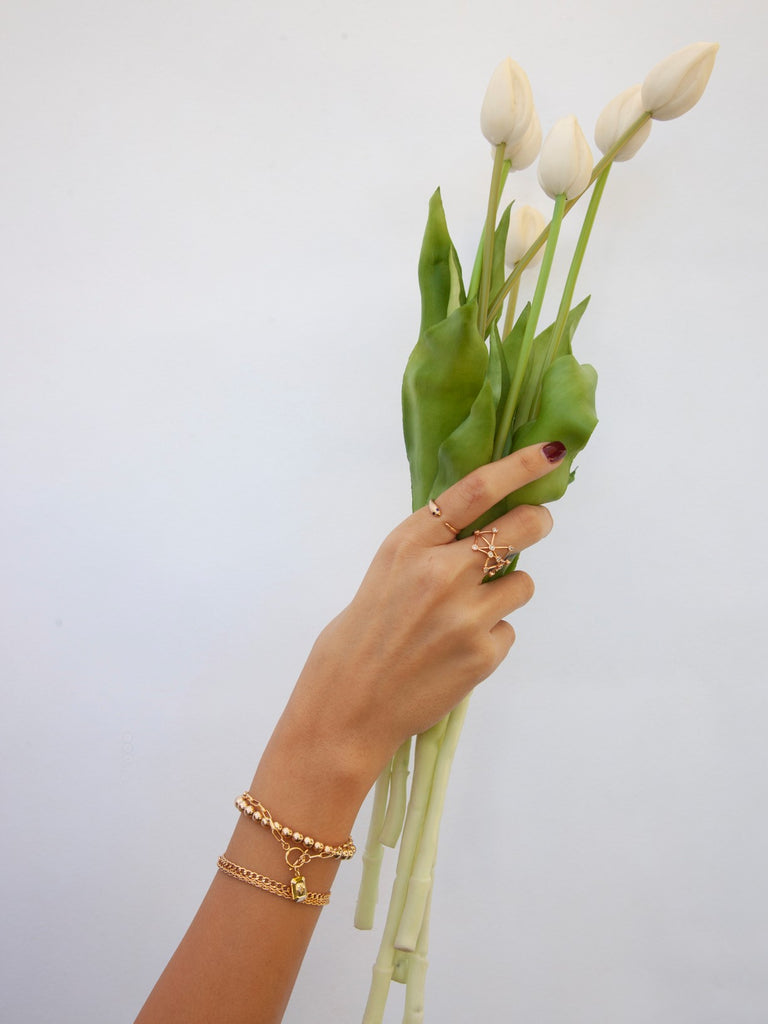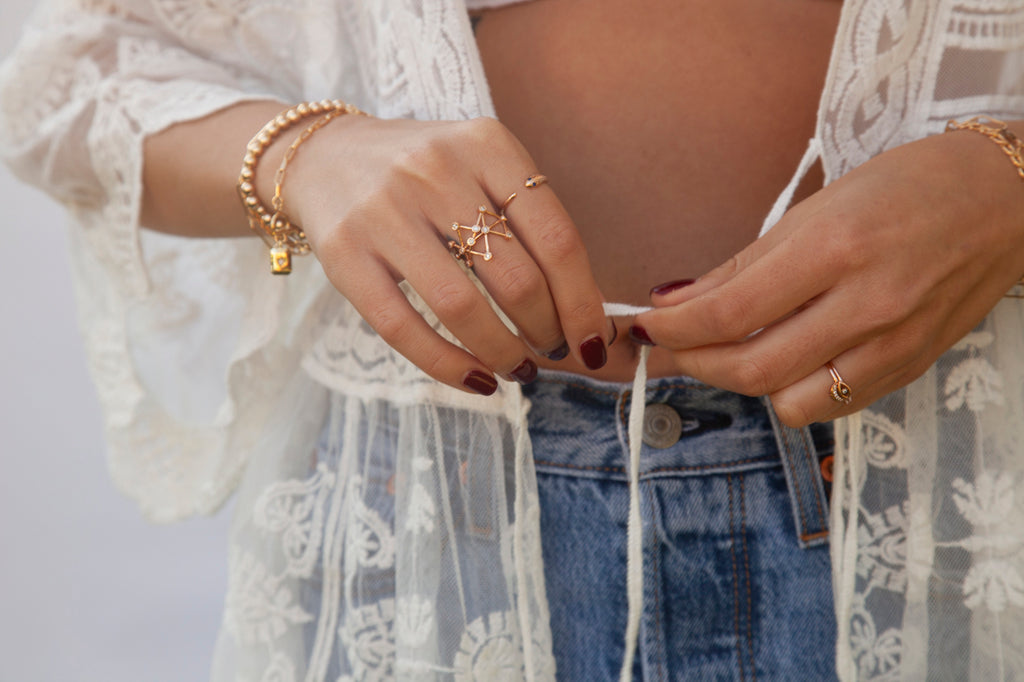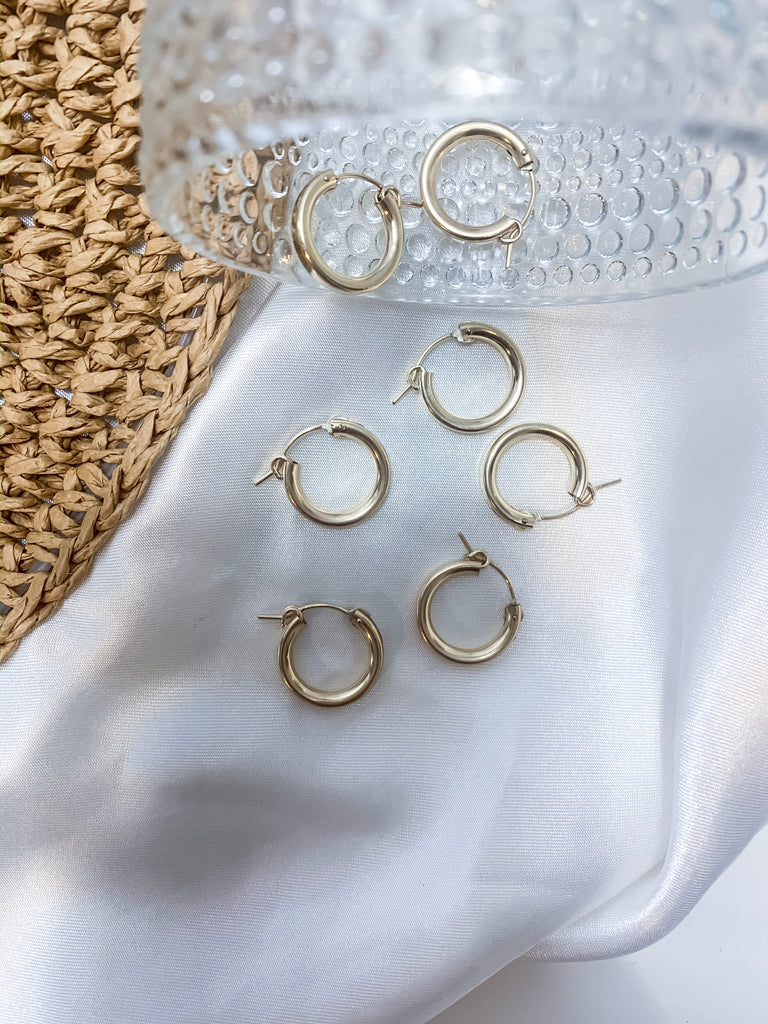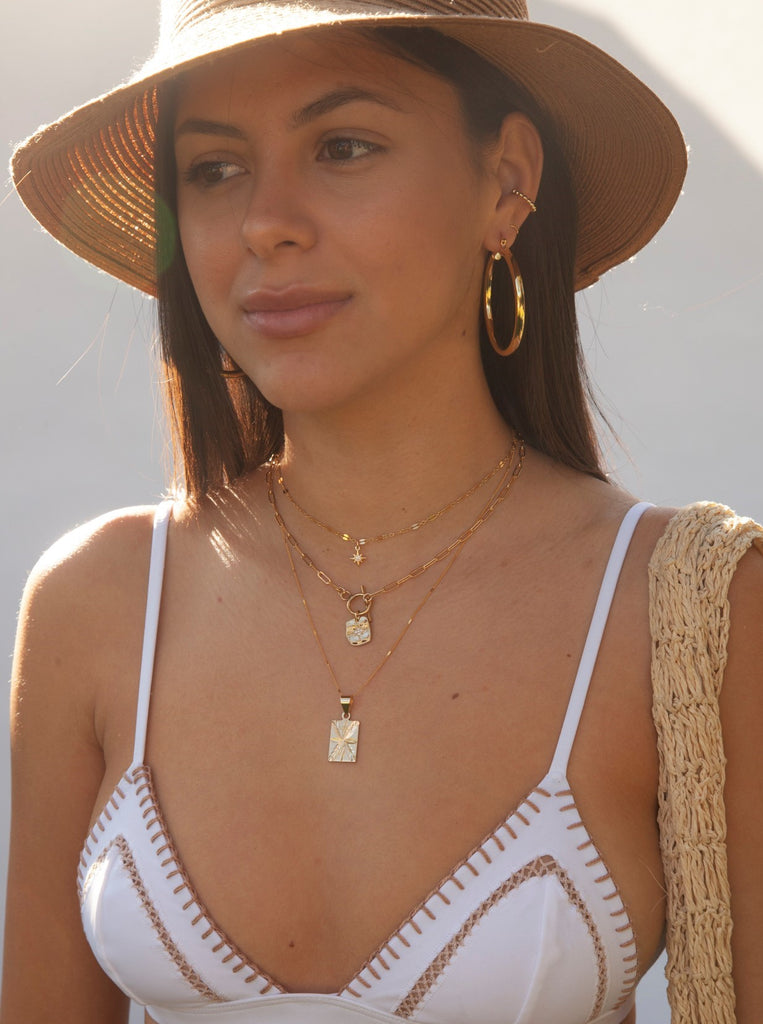How To Layer Necklaces
As you browse the collection of necklaces in your jewelry box, you might have all of the ingredients you need for a classic and trendy look right at your fingertips! From beads to chains, layering necklaces is one way to create effortless style and one of our favorite fashion trends.
The Perfect Necklace Stack
The perfect necklace stack is one that combines necklaces with different chain lengths in a perfectly spaced stack. Length variation is very important for the perfect stack.
Daintier necklaces can be used as a choker or at the top of the stack with varying lengths dropping down about two inches apart. Top the look off with a nice coin necklace or a longer necklace with a nice pendant.
For a tighter stack, use your dainty chain necklaces to create a cascading effect with necklaces spaced out with about one inch between them.
Up Your Stacking Game and Prevent Tangles
The great thing about layering necklaces is that your style can be elegant or fun depending on the jewelry collection you choose. Gold chain necklaces are perfect for an elegant look. Chunky necklaces, pearls, or beads can make a more casual or even vintage layered look.
It also doesn't matter if your necklaces are thick or thin. You can wear multiple pieces of different weights and thicknesses for texture. Plus, by throwing different chain styles in the mix, you prevent tangling!
Start with putting your dainty necklaces on first and then your thicker layers. The thicker or chunky necklaces will help hold down the dainty ones. This will prevent tangling. Similar chains are more prone to tangles. Of course, may sure that your necklaces aren't tangled before you put them on as well.
If tangling becomes a real issue, there are special clasps designed to keep your necklaces perfectly layered while preventing tangling at the back of your neck. These are especially useful if you like to wear chains of the same thickness.
Choosing Chains
Necklaces of different lengths are ideal and most are sold in increments of two inches, which is ideal for layering. Most chains come in 14", 16", 18", and 20" inches. If you have several chains in your jewelry box, but they are the same length, you can purchase removable necklace extenders that will allow you to layer the jewelry you have without a big investment in all new jewelry. It can make the difference in being able to add one of your favorite necklaces or not to your stack. A sizing guide can help you determine the lengths of your multiple pieces.
There's a wide variety of necklace styles available that make perfect layers. Mix chains with tiny charms or interwoven beads into the mix to create texture in your look.
Find a Centerpiece in Your Jewelry Box
An important part of creating the perfect layered necklace look is to have an eye-catching centerpiece. While you combine multiple pieces, you want one necklace that takes center stage and stands out from the rest.
One of our top tips is to have one necklace that is your statement necklace. This could be a long and sexy lariat necklace that draws a long focal point with a v-neck top or it can be one with a large pendant that shows your personal expression.
Your centerpiece can be anything from a gold coin necklace, jewels to a zodiac sign pendant, but it must always be on a longer chain that compliments your outfit.
Consider Your Outfit when Layering Necklaces
Fashion trends come and go, but layered necklaces have always been fashionable. Plus, you can wear them with just about anything. However, it's always important to consider your top and how it will work with different necklaces.
If you are wearing a crew neck tee or top, you'll want to go with either just a couple of short chains or much longer pieces. You don't want your collar to interfere with your look and cause your necklaces to get lost.
Scoop necks or v-necks are perfect for layered necklaces, as they allow them to be showcased perfectly against your skin. However, keep it simple.
Solid-colored tops are ideal for layering than patterned tops. This allows the necklaces to really be seen rather than get visually lost in the pattern of an outfit.
Long Necklaces Last
Always make sure your longest necklace is your last one. This is particularly true with lariat necklaces. Lariats are also great at creating dimension to your look. They are one of our layering favorites.
Layering in levels is important and for really long necklaces, you may need to double them up. You'll get length plus an extra loop in your stack!
Don't Forget Colored Layered Necklaces
It's easy to stick with gold or silver, but you can also mix up your look and add some fun with color.
Add bright, primary colors with small beads, gems, or even pearls. Contrast those with chains of a matching tone.
Color doesn't have to be bold and bright to have beauty either. You can mix and match rose gold or silver into your layer necklaces as well. Subtlety is always in trend.
Thick and chunky chain necklaces can also add color as well as visual interest. Don't be afraid to mix the old with the new!
The Best Top Tip is to Just Have Fun!
There's not just one trend or one way your necklaces should be worn. Layering is all about your own personal style!
You never know what might happen when you combine necklaces you've never worn together before. You might find the perfect combination.
When you shop for jewelry, always keep in mind your wardrobe and the other necklaces you have at home. Many stores are even selling independently selected necklaces and offering them as a layered set, making it easy to shop for the perfect layered necklace collection.
Continue reading
